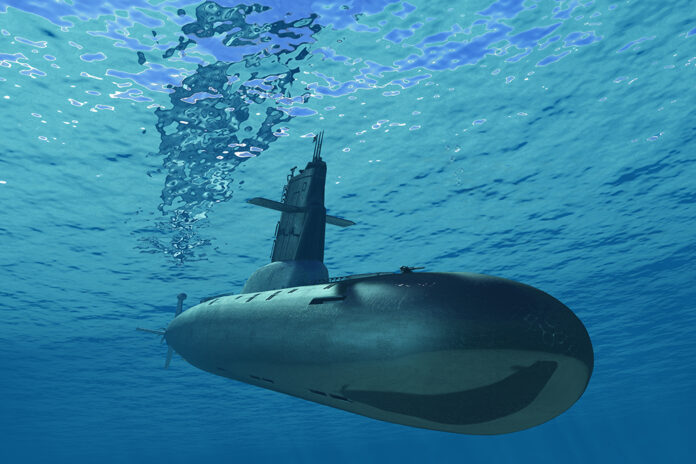The passengers killed aboard OceanGate’s Titan submersible signed waivers agreeing the trip to the bottom of the Atlantic might result in injury or death. But that may not be enough to protect the company from lawsuits.
The US Coast Guard pronounced the five people aboard the Titan dead after an intensive search turned up debris of the submersible on the ocean floor. Their deaths open OceanGate to potential lawsuits by the families of the passengers, particularly given the warning signs and questions the company faced in recent years.
While the waivers signed by passengers generally shield a company in cases of negligence, they’re less likely to hold up if there’s “gross negligence,” defined as wanton or reckless conduct affecting the life of another.
“It may well be that the surviving family members are so incredibly wealthy that they don’t really care about the money — there are reasons to sue other than to collect damages,” said Michael Sturley, a professor of maritime law at the University of Texas.
“They may want to bring a lawsuit in order to get the facts out, to learn what happened to their loved ones,” Sturley said. “They may do it because they’re angry.”
One of the five killed was OceanGate’s Chief Executive Officer Stockton Rush, 61, the Titan’s pilot. Also on board were Hamish Harding, the billionaire British founder of a private equity company, Shahzada and Suleman Dawood, a father and son in one of Pakistan’s wealthiest families, and Paul-Henri Nargeolet, a renowned French diver.
OceanGate didn’t respond to an email and phone call seeking comment about its potential liability.
Warning Signs
Evidence of OceanGate’s potential gross negligence surfaced well before Titan’s disappearance, according to court filings.
One example is an OceanGate employee’s claim, described in a 2018 court filing, that he was fired for raising concerns about Titan’s safety. Another is a letter in the same year from the Marine Technology Society warning OceanGate’s CEO that he was misleading the public with false claims that the Titan met industry safety standards.
William Kohnen, chairman of the group’s manned submersibles committee, wrote the letter and said in an interview he talked to Rush about it, urging him to get the Titan certified under industry standards with the aim “to do it right.”
“Look, with all of our collective wisdom over here, we’re thinking this is very risky,” Kohnen told Rush.
Rush’s response, over the phone, was “I think we are better, we have better ways, and we don’t need the old rules — we’re going to make new rules,” Kohnen recalls. “We agreed to disagree.”
The letter to Rush would likely be a key piece of evidence in any lawsuit.
“It shows that the company was on notice that the unanimous view of other people in the industry was that they should be doing things that they apparently weren’t doing,” Sturley said.
Jurisdiction
The search for the Titan submersible ended Thursday after the US Coast Guard found debris of a wreckage debris and determined the watercraft had imploded during its descent to the Titanic. Pieces were recovered near the ship, the storied object of fascination which sank in 1912 on its first trans-Atlantic voyage, and motivated the Titan passengers to pay $250,000 to see the wreckage up close.
Any lawsuit is most likely to be filed in the US because it’s where Everett, Washington-based OceanGate operates and the Titan was built.
This is a modal window.The media could not be loaded, either because the server or network failed or because the format is not supported.
“It’s an American company, the vessel was built in America, and the contracts were probably signed in America,” said Matt Shaffer, a managing partner at Schechter, Shaffer & Harris who has litigated several major maritime disasters, including the Deepwater Horizon explosion.
But complicating the issue is the fact that the Titan was carried out to sea by a ship leaving from a Canadian port, in St. John’s, Newfoundland.
“Often in maritime contracts there is a clause that says that it has to be brought in a particular court,” said Marc Isaacs, a Toronto lawyer specializing in Admiralty, Maritime, Transportation and Insurance law.
That leaves the possibility of suits filed under the Death on the High Seas Act. Under the 100-year-old law, damages are limited to the support a person killed would have provided to his or her survivors. Under Dohsa, the plaintiff must prove that either negligence or poor judgment of a vessel’s owner caused the death of their loved one, or that the vessel was not seaworthy.
This article was provided by Bloomberg News.


